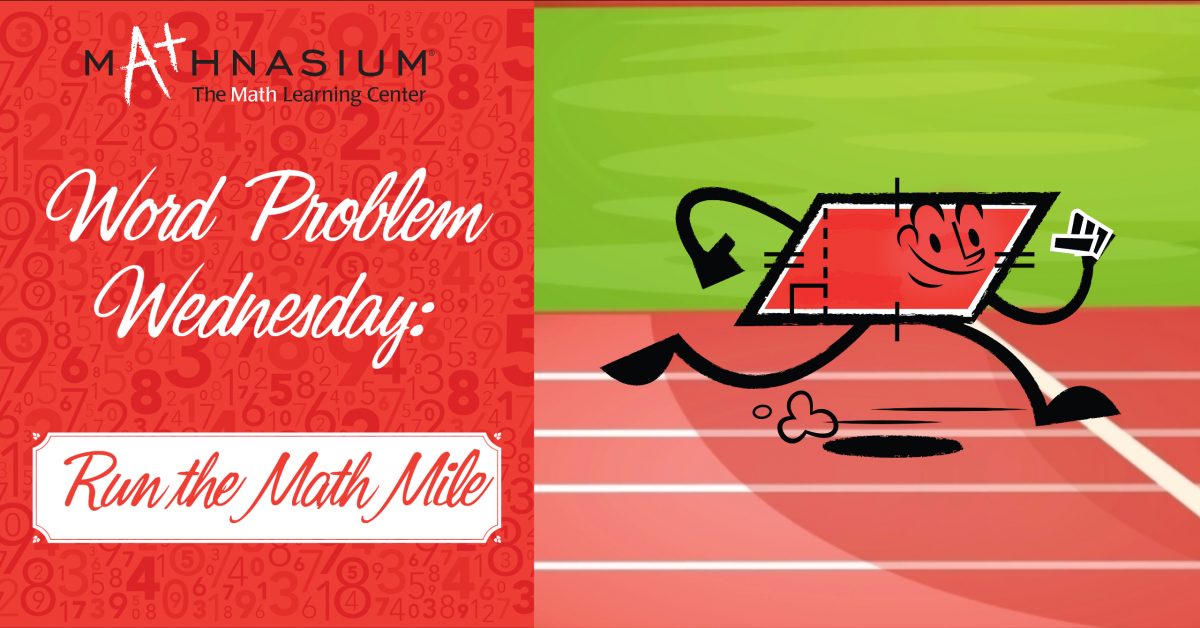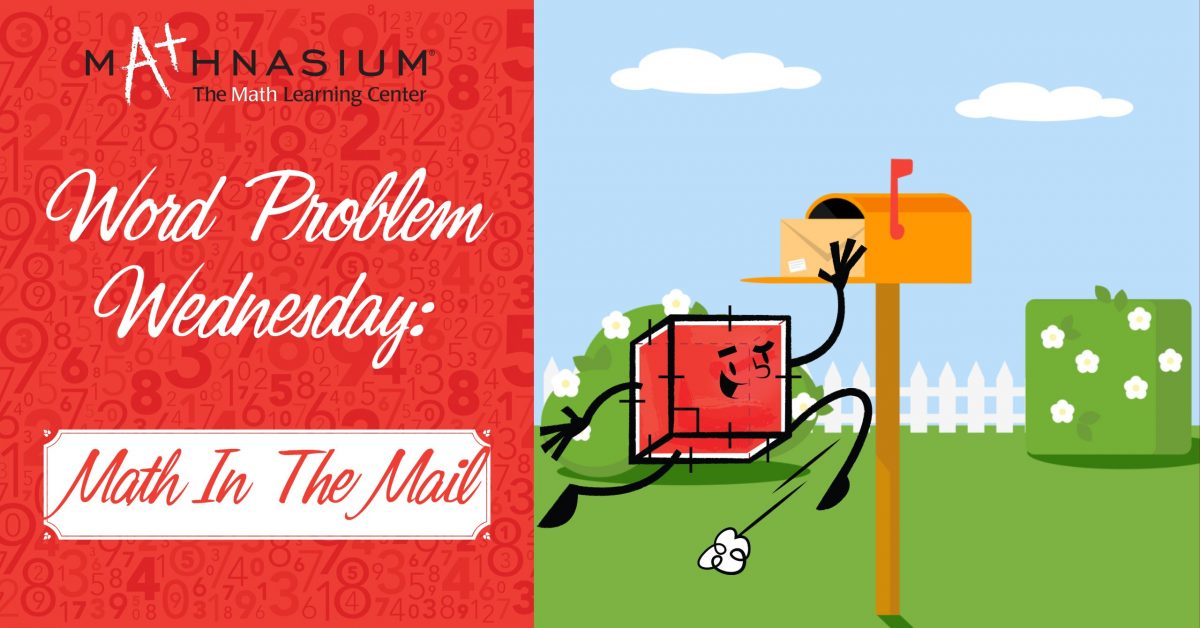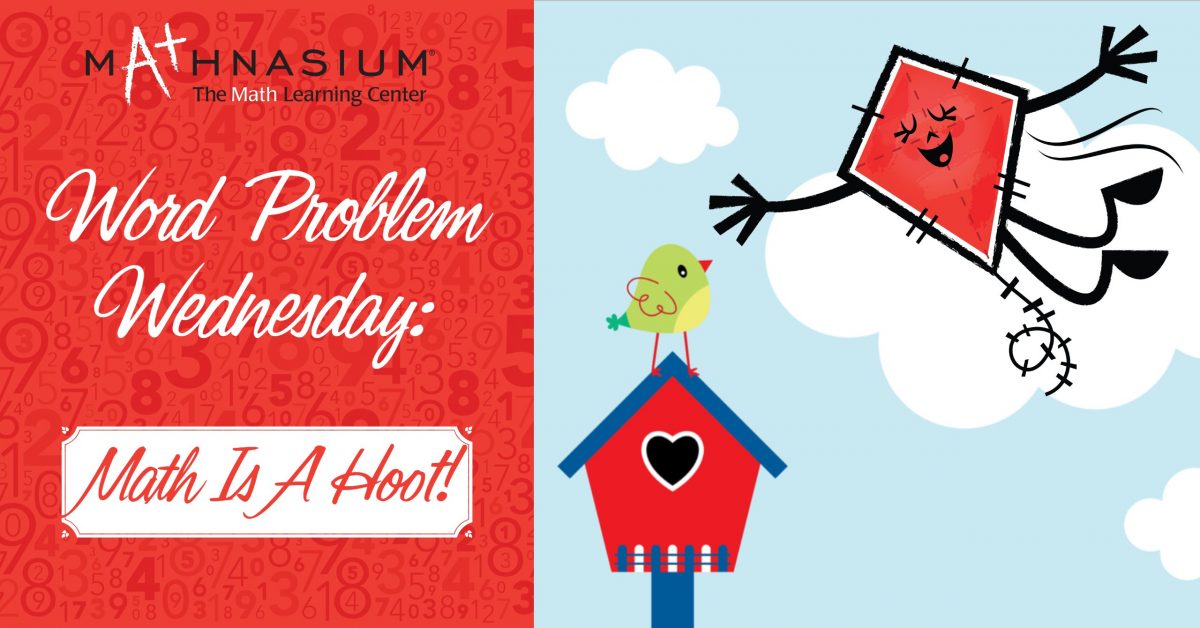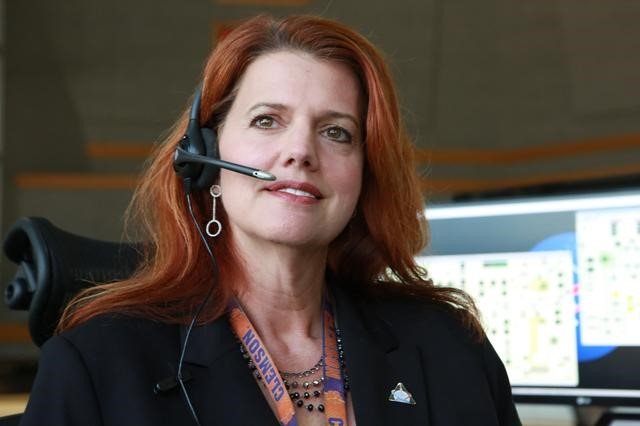We’re one month into 2020, how are your New Year’s resolutions coming along? If you’re having trouble with any math resolutions, consider getting tutoring after school, but also know that practicing a little bit of math every day will make a big difference as well, and we have the best kind of math practice right here with our word problem challenges!
Today’s word problem asks students to hone their elementary math skills such as fractions, addition, subtraction, and more. Read the question below and see if you can help James figure out how long it’s going to take him to reach his New Year’s goal.
Question: James has a New Year’s resolution to be able to run a mile without stopping. If he can run one-quarter of a mile without stopping by the end of January and he adds another quarter of a mile every month, then by the end of which month will James be able to run the full mile without stopping?
Take your time working it out, and when you’re ready, look below to compare your solution to ours!
Solution: There are 4 quarters in a whole, so it’ll take 4 months—January, February, March, and April—for James to be able to run a whole mile without stopping. James will be able to run the full mile by the end of April.









